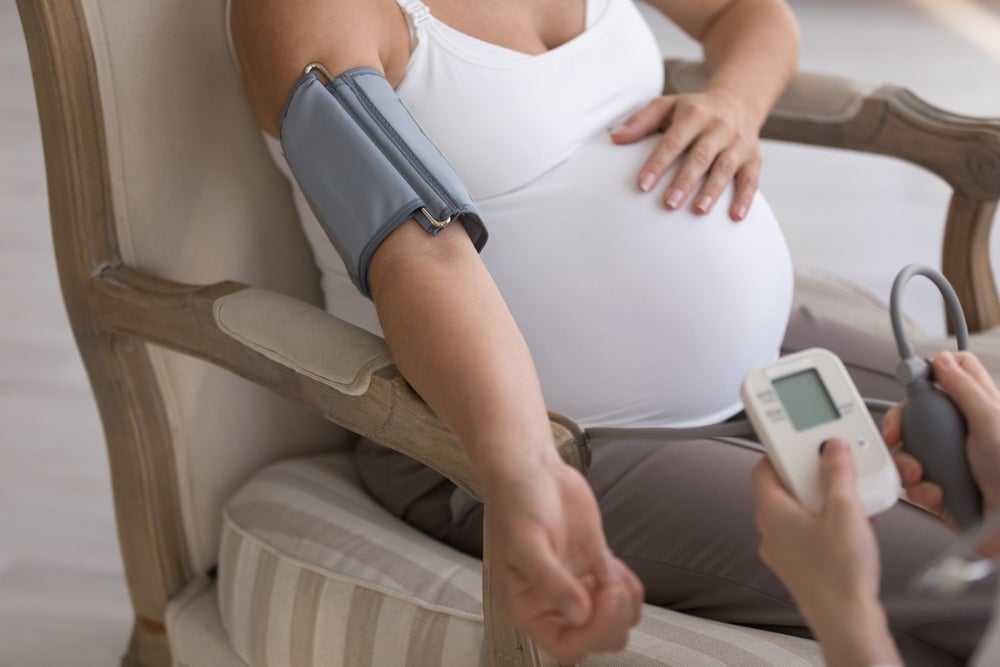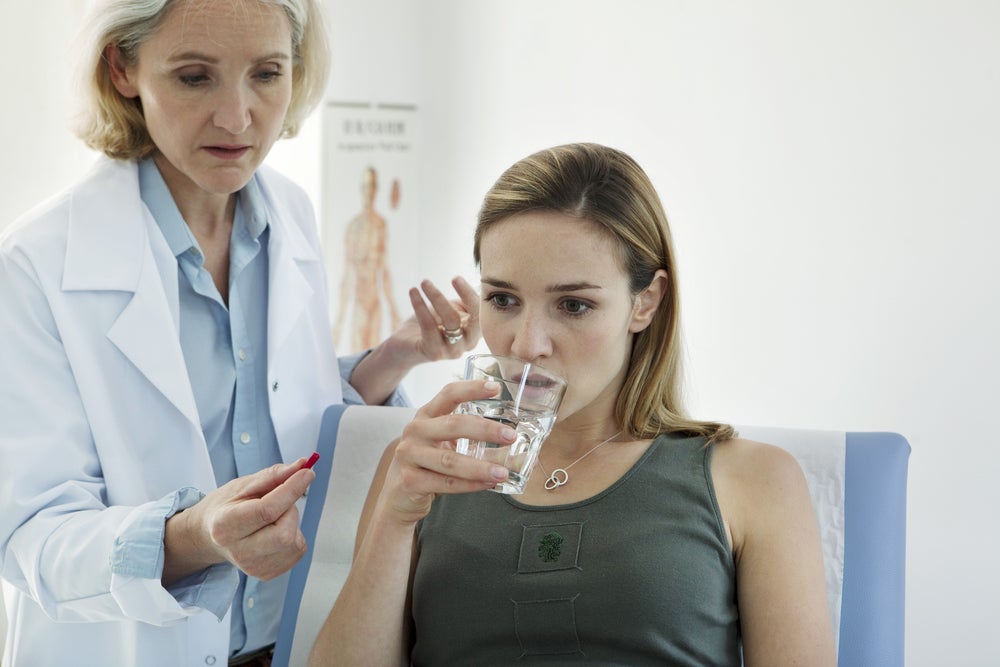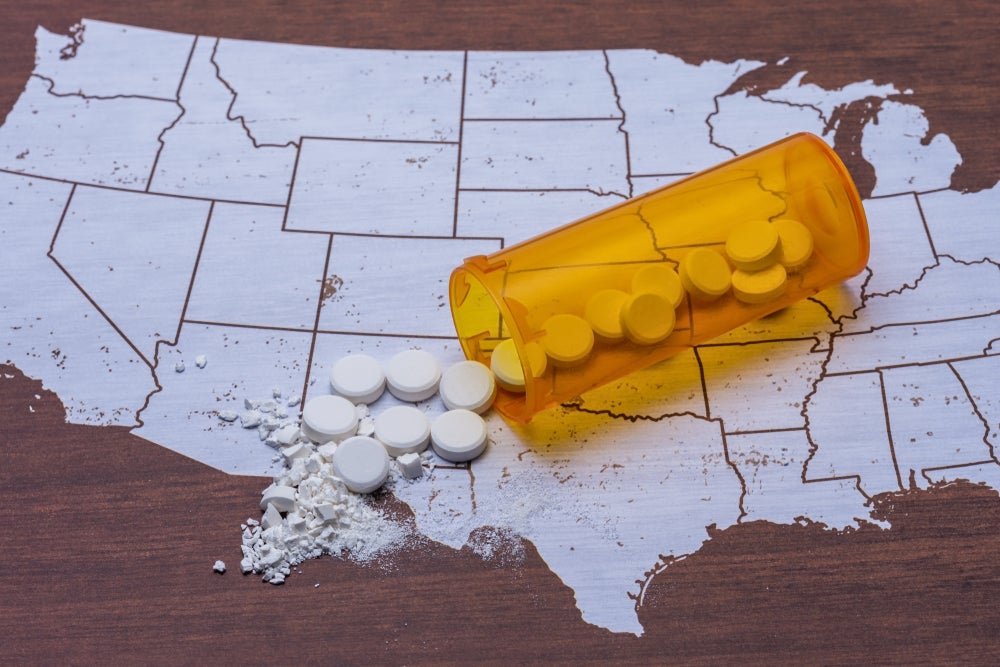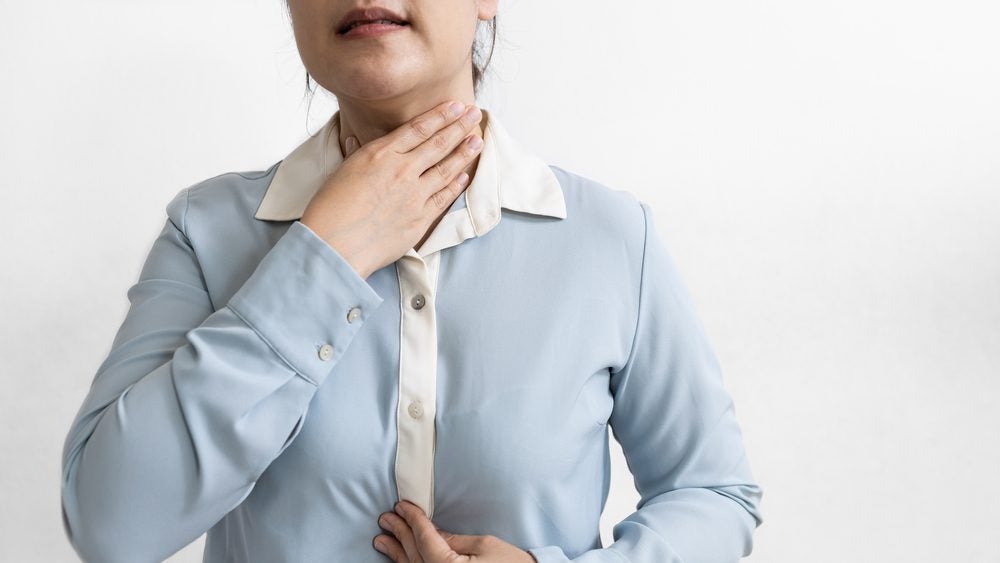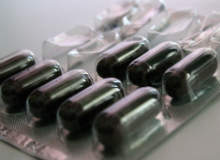

Somewhere between 10%-30% of pharmaceuticals in circulation around the world are counterfeit, with fake prescription drugs alone worth an estimated $200bn per year. And it’s a figure that’s only set to rise as counterfeiters continue to exploit consumers’ growing appetite for online shopping – whether for Louboutins or lifestyle drugs.
One product that’s particularly susceptible to online counterfeiting is Viagra, which is only available via prescription from a doctor. In fact, the amount of fake Viagra seized last year by the UK’s Medicines and Healthcare products Regulatory Agency (MHRA) had tripled compared to the year before to £11.2m. Most of these pills were destined to be sold online, where counterfeiters can easily set up convincing fake websites, social media profiles and marketplace listings.
We sat down with Haydn Simpson of brand protection specialist NetNames to find out just how big a problem online counterfeiting is and how the industry’s various stakeholders can work together to tackle it.
Elly Earls: Why is online counterfeiting such a big – and growing – problem?
Haydn Simpson: It’s actually down to some pretty straightforward reasons and they come from two angles – the consumer and the counterfeiter.
See Also:
For counterfeiters, the Internet has given them the opportunity to sell on a global basis at a very low entry cost. They can set up websites, they can set up social media profiles, they can register domain names and they can sell counterfeit pharmaceuticals anywhere they want in the world from the comfort of their own factory in, let’s say, China.
How well do you really know your competitors?
Access the most comprehensive Company Profiles on the market, powered by GlobalData. Save hours of research. Gain competitive edge.

Thank you!
Your download email will arrive shortly
Not ready to buy yet? Download a free sample
We are confident about the unique quality of our Company Profiles. However, we want you to make the most beneficial decision for your business, so we offer a free sample that you can download by submitting the below form
By GlobalDataAlongside that, there’s a huge appetite from the consumer side to find low-cost branded goods – across many different industries, including pharmaceuticals. That fuels the Internet trade and where there’s a market, you will get demands being met by counterfeiters.
EE: Why is Viagra specifically so susceptible to online counterfeiting?
HS: With lifestyle drugs like Viagra, there’s a consumer desire to not necessarily go through the standard channels to purchase it. If you go to your doctor, either that you haven’t known for very long or that you have used for a long time, there’s a certain embarrassment attached to drugs like Viagra. Therefore consumers look for alternative channels with a certain level of anonymity, which the Internet provides. Counterfeiters know this and play on it.
EE: How dangerous can these counterfeit drugs be?
HS: The worst case scenario, if you’re buying pharmaceuticals from an unauthorised source, is that you die. Indeed, over 1 million people die every year from taking counterfeit drugs. The challenge is twofold – either the drug is a placebo so it doesn’t have the same effect and won’t protect you in the same way the real one will, or it’s toxic, which can lead to direct fatalities. It’s an extremely concerning and dangerous issue.
EE: Where do companies like NetNames come into the picture? How big a role can brand protection specialists play in tackling this problem?
HS: If you think about the Internet as a big shop window, trying to control that online channel, trying to understand what is happening on that online channel, and then being able to take action against that activity is key to try and fight this kind of counterfeiting.
If a counterfeiter wants to sell something over the Internet, they have to advertise it and if a company like NetNames can find and disrupt that kind of activity, it makes it more difficult for consumers to buy counterfeit products online, while at the same time making it more difficult for counterfeiters to sell those drugs online.
The techniques we use combine software and human analysis to find and take action against things like online pharmacies, social media and online marketplaces. In a nutshell, we act on behalf of the brand owners to find out where their products are being offered and then do something about it. We remove thousands of websites a year and hundreds of thousands of listings on marketplace sites, across all industries. There’s a huge amount of activity.
EE: On top of working with brand protection companies, what else should pharmaceutical companies be doing to reduce the problem of online counterfeiting?
HS: There are some things they can do internally and some things they can do externally. Internally, there’s a lot of investment in anti-counterfeiting technology for the physical packaging, and obviously they need to control their supply chains from manufacture to distribution to make sure that nothing leaks out of that supply chain. They’re pretty good at that kind of thing, because they recognised it as a weakness a long time ago.
When it comes to looking outwards, educating consumers is key to having a successful fight against counterfeiting. If you take the market away, the counterfeiters will go and do something else, but to do that you need to educate consumers that buying drugs online is not a very sensible thing to do.
EE: What should consumers be looking out for?
HS: Don’t buy drugs from a distribution point online where there is no named medical professional or physician, where what they’re selling on that site doesn’t necessarily add up, where you can buy prescription drugs without a prescription or where the price looks too good to be true. My advice would be to buy from a reputable, known source. It’s a really simply thing: there’s an inherent risk of buying pharmaceuticals from an unauthorised point of sale. You wouldn’t necessarily buy Viagra from a guy in an alley, so why do it online?
EE: How important is it that all industry stakeholders work together to tackle this problem?
HS: Encouraging different stakeholders to work together – from the brand owners themselves, to companies like us who can provide them with intelligence as well as their physical security teams and local law enforcement, is absolutely paramount. This is a global issue and I can order 50,000 packets of counterfeit drugs right now just using a browser. It’s an uphill battle, but I think shared intelligence, both with their competitors and also law enforcement agencies, is only going to help them combat the challenge.
By their very nature, pharmaceutical companies are reluctant to admit they have a counterfeit problem, and that has maybe held them back a little bit from educating both consumers and also the relevant authorities. They’ve got much better at it but I would just encourage whatever openness is possible between their peer companies, agencies and companies like us.



